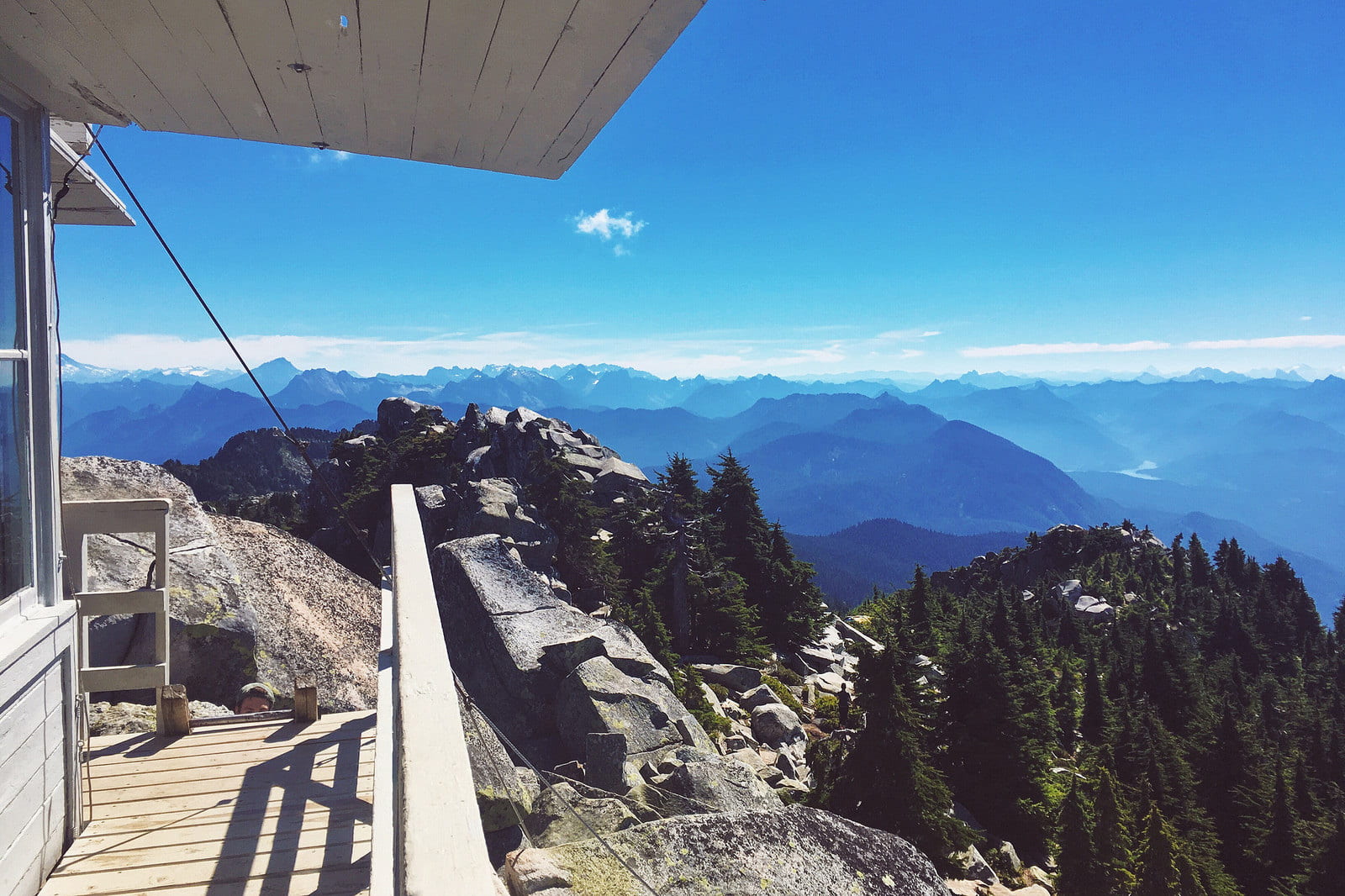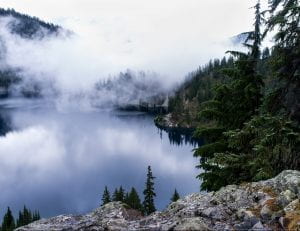As we transition into Autumn, it is important to take advantage of the weather and be outside! There is only a short time left where the sky isn’t completely covered in clouds and when the sun doesn’t set before 6pm. We are lucky to live in a state where nature surrounds us and where the most beautiful scenic destinations are only a short drive away. As a college student, we may not be able to afford a long vacation or travel to another state or country, this blog post contains some day trips (or night trips!) that you can take if you want to be outside!
Note: Driving times are determined from a start and end point at UW Bothell, this is simply just an estimate and may be different for you depending on where you live!
Whidbey Island
*will require ferry travel & Discover Pass for Deception Pass State Park ($10 for daily pass)

The perfect day trip to take is the drive from Deception Pass down to Clinton, it’s the perfect route to do some hiking, sightseeing, then end it off with a meal at the many cafes and restaurants Whidbey Island has to offer. Deception Pass State Park has multiple trails, with views of the waters below, plus there is more to do such as kayaking and geocaching.
Whidbey Island is home to many small towns, with small shops and restaurants, with views of the waters surrounding it. Towns to include in your itinerary include Coupeville and Langley. In Coupeville, I would recommend visiting Ebey’s Landing if you are interested in a hike with views of the sound. The Whidbey Island and Camano Islands website contains a guide on more places to visit on the island, including the arts, shopping, and town events.

From UW Bothell as the starting point and with minimal traffic, it is an estimated 3 hour and 14 minute round trip. Beginning from UW Bothell, the route will begin with taking I-5 North, driving up to the town of Burlington. Then will continue on State Route 20, this is the main road that runs through Whidbey Island. To return back to the Bothell area, there is a 20 minute ferry ride from Clinton ferry terminal to Mukilteo ferry terminal. View the Clinton ferry schedule here. If you want to begin with exploring the island and visiting Deception Pass last, simply take the ferry from Mukilteo to Clinton, taking State Route 20 north, then taking I-5 South.
Hoh Rainforest & Forks
*Hoh Rainforest will require a Discover Pass for entry ($10 for daily pass)

A must-visit destination in Washington State is the Hoh Rainforest. Located in the Olympic National Forest, it is the perfect escape from the city. Hoh Rainforest has three different trails, two of which are less than 2 miles, and one being 18 miles long.
On the route to Hoh Rainforest, you will pass through the small town of Forks. If you are a fan of the Twilight series, there are multiple locations catered to Twilight fans. Locations such as the Cullen House and ‘Native to Twilight‘ store. If you are not familiar with the series, UW Libraries has the Twilight series available to check out! You will need your UW NetID to be able to check out library materials. Forks is perfectly located on Washington’s Olympic Peninsula, which means that there are multiple scenic locations only a short drive away. If you have extra time, La Push & Rialto Beach are only a 20 minute drive away from Forks. Although it is out of the way, I recommend making the drive as these are some of the most beautiful beaches on the Washington coast!

From UW Bothell as its starting point and with minimal traffic, it is an estimated 4 hour and 30 minute drive, therefore it is recommended to plan for a night stay. I recommend planning on renting an Airbnb in advance because there are only a limited number of motels in the area. There are also cabins available to book near the Olympic National Forest, although they have beautiful views, expect some cabin options to be pricey!
Mount Rainier

Mount Rainier is a great spot to visit especially during the transition between Summer and Autumn. The trees will soon be changing colors, but there are still some wildflowers left! It is important to note that although Mount Rainier National Park does not require a Discover Pass, there is a separate pass you must purchase to enter the park. More information on these passes can be found here.
There are four separate entrances to the park, so it is important to plan beforehand which trails you want to complete and where the closest entrance will be. The National Park Service has a list of all the trails on Mount Rainier with information on trail conditions. The list contains trails of all distances and difficulty levels.

From UW Bothell as the starting point and with minimal traffic, it is an estimated 2 hour drive to Mount Rainier’s Sunrise entrance. The route will begin with taking I-405 South, then will incorporate itself into state route 169. There are multiple routes you can take depending on traffic, as long as the routes lead to state route 410. This is the road that will lead you to the Sunrise entrance. Again, different routes lead to different entrances, so plan accordingly!
These are only a few of the many destinations in Washington state that you can visit, if you are in search of more locations, the state of Washington website contains an extensive list of ideas. If you are focused on hikes, UW Libraries has an extensive list of hiking books, including,
- 100 hikes in Washington’s Glacier Peak region
- 60 hikes within 60 miles, Seattle: including Bellevue, Everett, and Tacoma
- Hiking Washington’s history
Be safe, and happy travels!

















